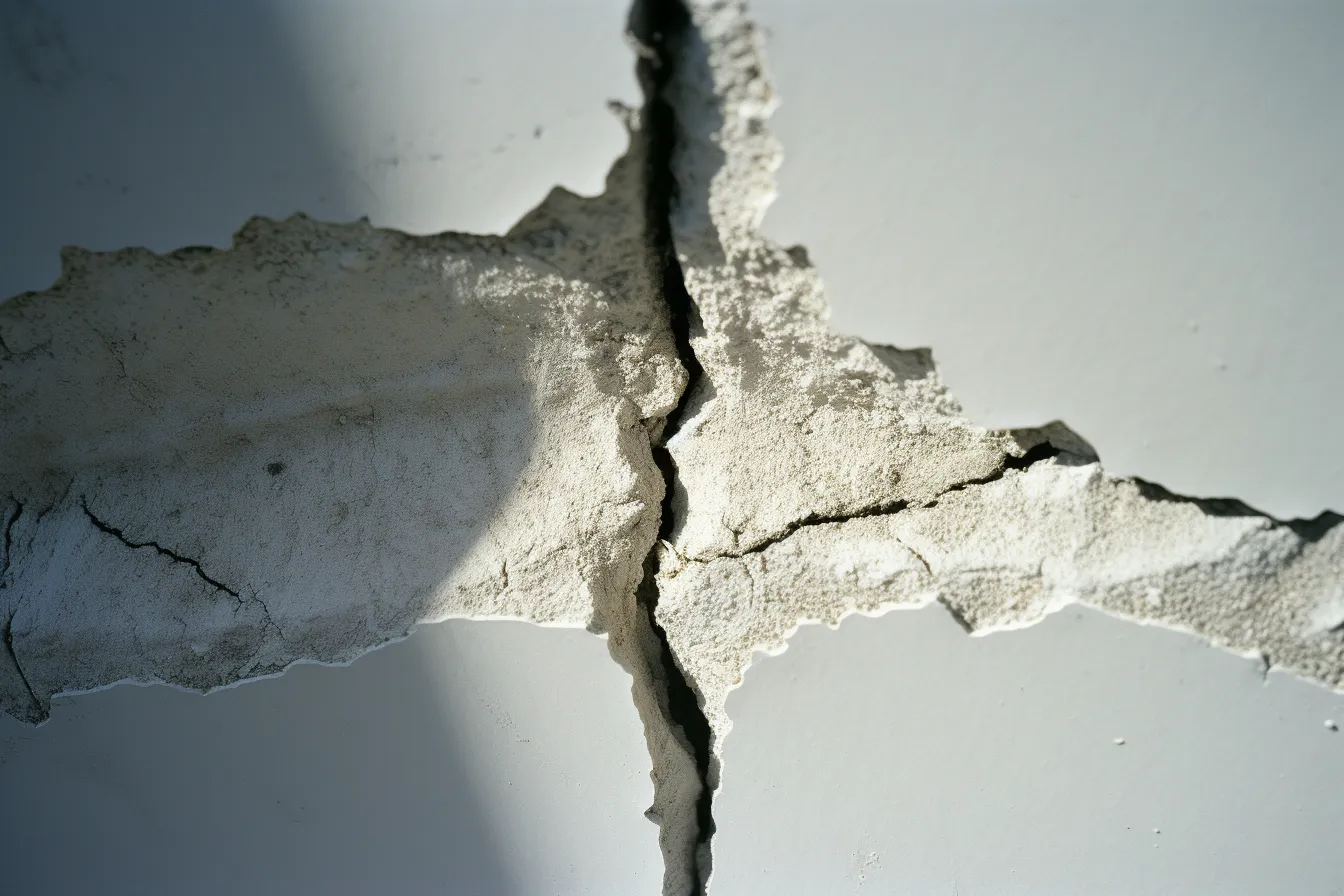Concrete Roofs – Benefits and Installation
When it comes to choosing the right roof for your home or building, there are several options to consider. One such option is a concrete roof, which offers a range of benefits that make it an attractive choice for many property owners. In this article, we will explore the advantages and considerations of a concrete roof. Whether you are planning a new construction project or considering a roof replacement, understanding the benefits and installation process of a concrete roof will help you make an informed decision.
The Benefits of Concrete Roofs
Concrete roofs are known for their exceptional durability, longevity, and strength. Here are some key benefits that make concrete roofs stand out:
Durability: Concrete roofs are highly durable and can withstand extreme weather conditions, such as high winds, heavy rain, and hail. They are also resistant to fire, making them a safe choice for homeowners.
Longevity: A well-maintained concrete roof can last for several decades, making it a long-term investment. Unlike other roofing materials that may require frequent repairs or replacement, a concrete roof provides reliable performance and peace of mind.
Energy Efficiency: Concrete roofs have excellent thermal properties, which means they can help regulate indoor temperatures and reduce energy consumption. This can result in lower heating and cooling costs, making them environmentally friendly and cost-effective.
Aesthetic Appeal: Concrete roofs come in a variety of designs, colors, and textures, allowing homeowners to choose a style that complements their property’s architecture. Whether you prefer a modern or traditional look, concrete roofs offer versatile options that suit various aesthetic preferences.
Considerations for Concrete Roof Installation
While concrete roofs offer numerous benefits, there are a few considerations to keep in mind when it comes to their installation:
Structural Requirements: Concrete roofs are heavy, so it is essential to ensure that the structure of your property can support the additional weight. Consulting with a structural engineer or roofing professional is crucial to determine if your building can accommodate a concrete roof.
Installation Process: Installing a concrete roof requires specialized equipment and expertise. It is recommended to hire experienced professionals who are familiar with the intricacies of concrete roof installation. This ensures that the roof is correctly installed and minimizes the risk of any structural or functional issues.
Cost: Concrete roofs tend to have a higher initial cost compared to other roofing materials. However, considering their longevity and low maintenance requirements, they can be a cost-effective choice in the long run. Additionally, the energy-saving benefits of a concrete roof can help offset the initial investment.
The Installation Process
Concrete roof installation involves several essential steps:
1. Planning and Design: The process begins with analyzing the structural requirements, determining load-bearing capacities, and creating a roof design that suits your property’s specific needs and style preferences.
2. Preparation and Reinforcement: The existing roof structure is prepared for the installation by ensuring it is clean, free of debris, and structurally sound. Reinforcements are added to support the weight of the concrete roof.
3. Formwork Construction: Formwork is constructed to provide the desired shape and contour of the concrete roof. This includes building temporary structures that serve as molds for the concrete to be poured into.
4. Concrete Pouring: Once the formwork is ready, the concrete is poured into the molds and allowed to set and cure. The pouring process requires precision and expertise to ensure a strong and durable roof.
5. Finishing Touches: After the concrete has cured, the formwork is removed, and any necessary finishing touches, such as waterproofing or adding protective coatings, are applied to enhance the roof’s longevity and performance.
6. Ongoing Maintenance: Regular inspections and maintenance are essential to preserve the integrity and functionality of the concrete roof. This includes checking for any cracks, addressing potential issues promptly, and keeping the roof clean and debris-free.
Final Thoughts
A concrete roof offers numerous benefits, from durability and longevity to energy efficiency and aesthetic appeal. While the initial cost and structural considerations may require careful planning, the long-term advantages make concrete roofs an attractive choice for many property owners. By understanding the installation process and consulting with professionals, you can ensure that your concrete roof provides reliable protection and enhances the overall value of your property.
